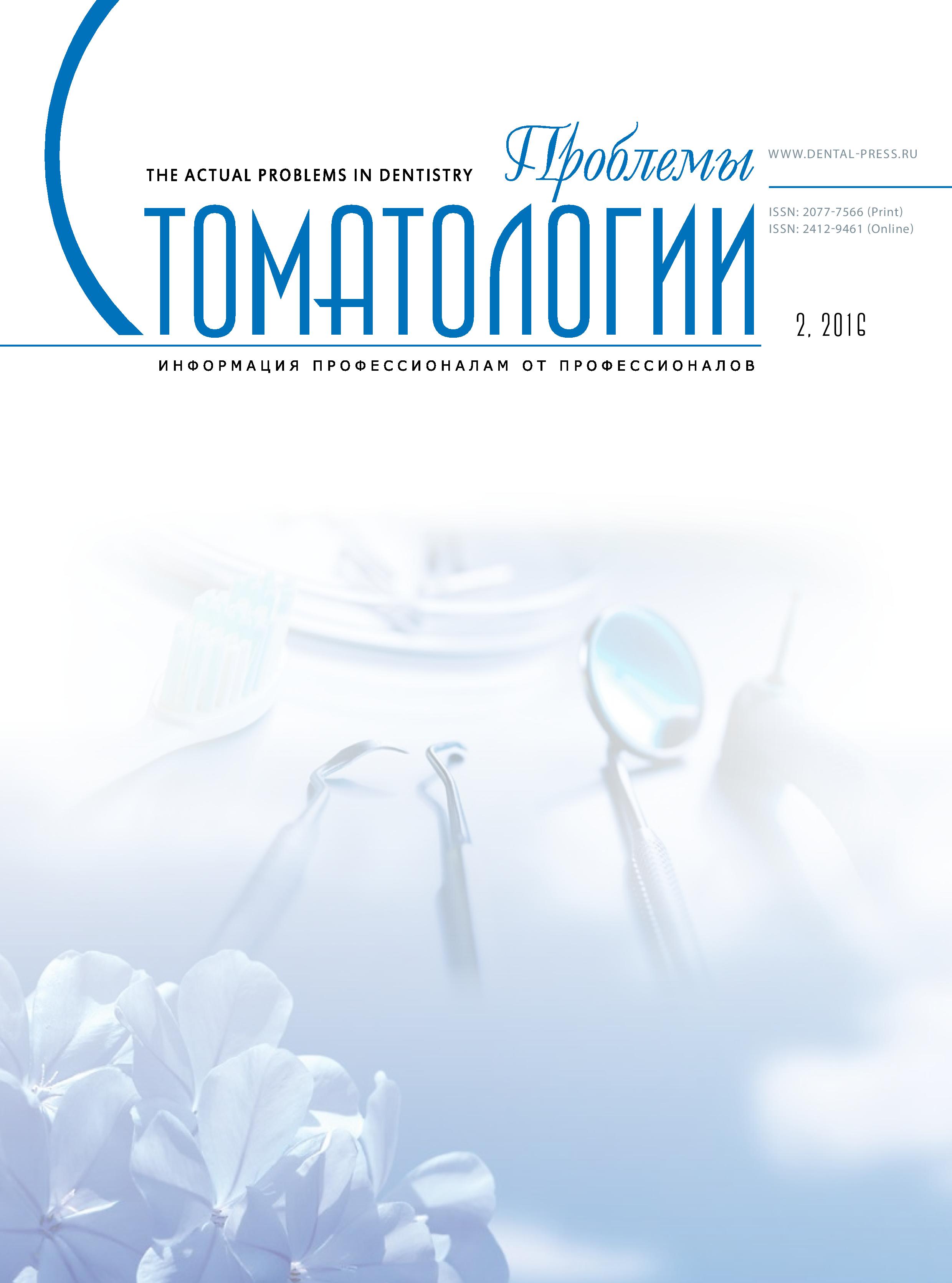Ekaterinburg, Ekaterinburg, Russian Federation
The article describes the sensitivity, speci city and accuracy of ultrasound diagnostics of the early stages of of the temporomandibular joint (TMJ) osteoarthritis (OA). The study involved 16 patients with TMJ OA (1 man, 15 women; median age – 56,1±3, and 57 years) and 12 volunteers with normal TMJ (3 men, 9 women; median age – 25,4±2,7 years). Clinical, radiographic, and ultrasonic examination of the TMJ was conducted. The echogram detected thickening of the joint capsule to accompany the TMJ. The width of the front, middle and rear parts of the joint gap was narrower than in the comparison group. The width of the capsule-cervical space in the TMJ patients ranged from 0.5 to 4 mm. In 18.8% of patients with the TMJ capsule width-cervical space was more than 1.9 mm, which is an indirect sign of synovitis. In the descriptions of linear tomograms (TMG) and echogram in patients with TMJ OA were identi ed: subchondral sclerosis, of the joint space narrowing, attening of the limited mobility of the lower jaw head, marginal osteophytes, small subchondral cysts, effusion. The linear tomograms TMJ diagnostic accuracy is 79,2%. The Ultrasonic diagnostics is informative during at the early stages of the TMJ, the diagnostic accuracy was being 59%. TMG and ultrasonic diagnostics of the AO TMJ are not the alternative methods of research. When diagnosing the of early stages of TMJ OA, and determining secondary synovitis priority should be given to the ultrasound.
osteoarthrosis, temporomandibular joint, diagnostic ultrasound, linear tomography, the accuracy of the study



















